Designing your fence
Six simple steps to designing your Waratah fence
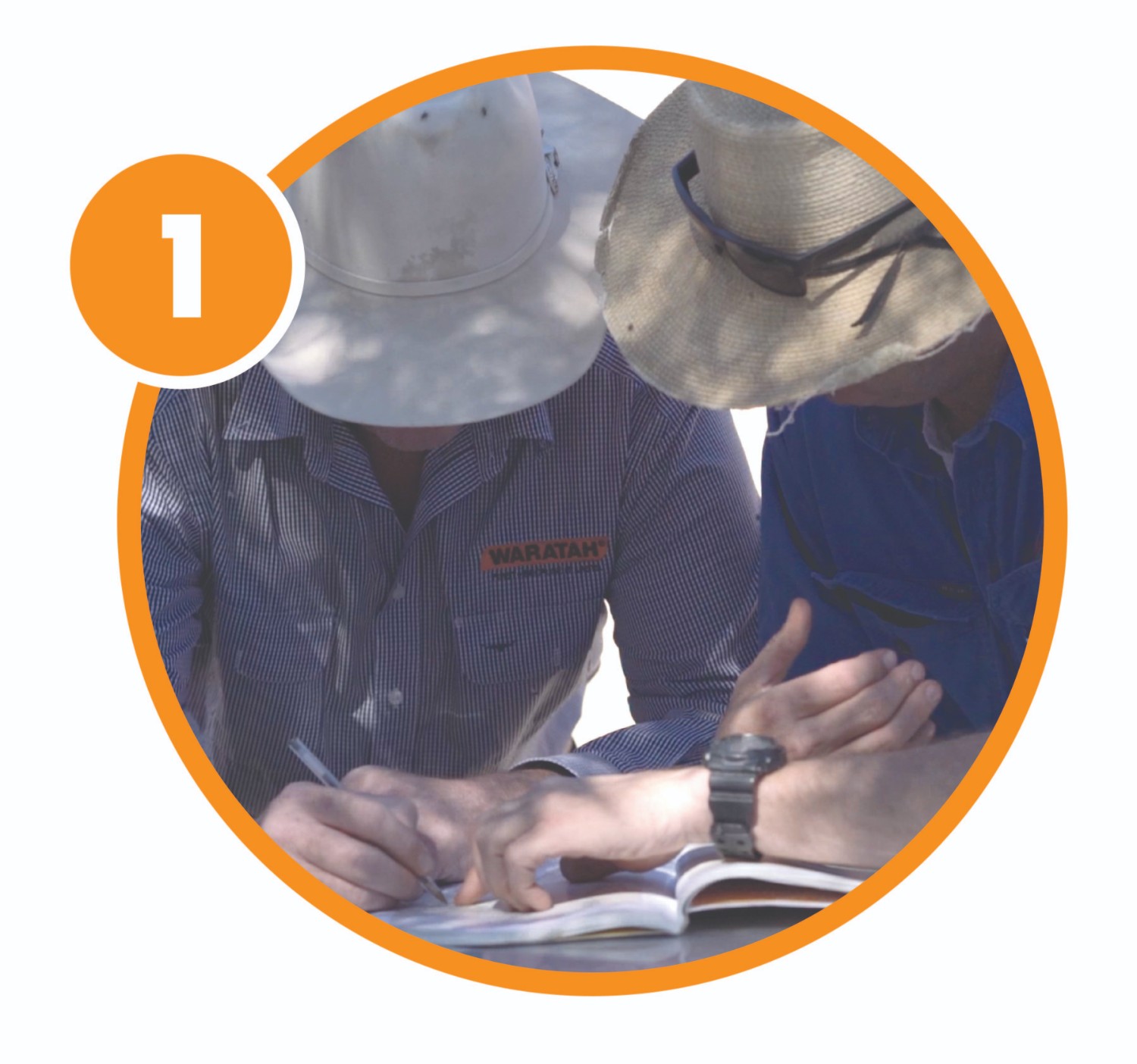
1. Map your property
Sketch out on paper a map of your property or print an aerial image of your property from free online sources such as Google maps.
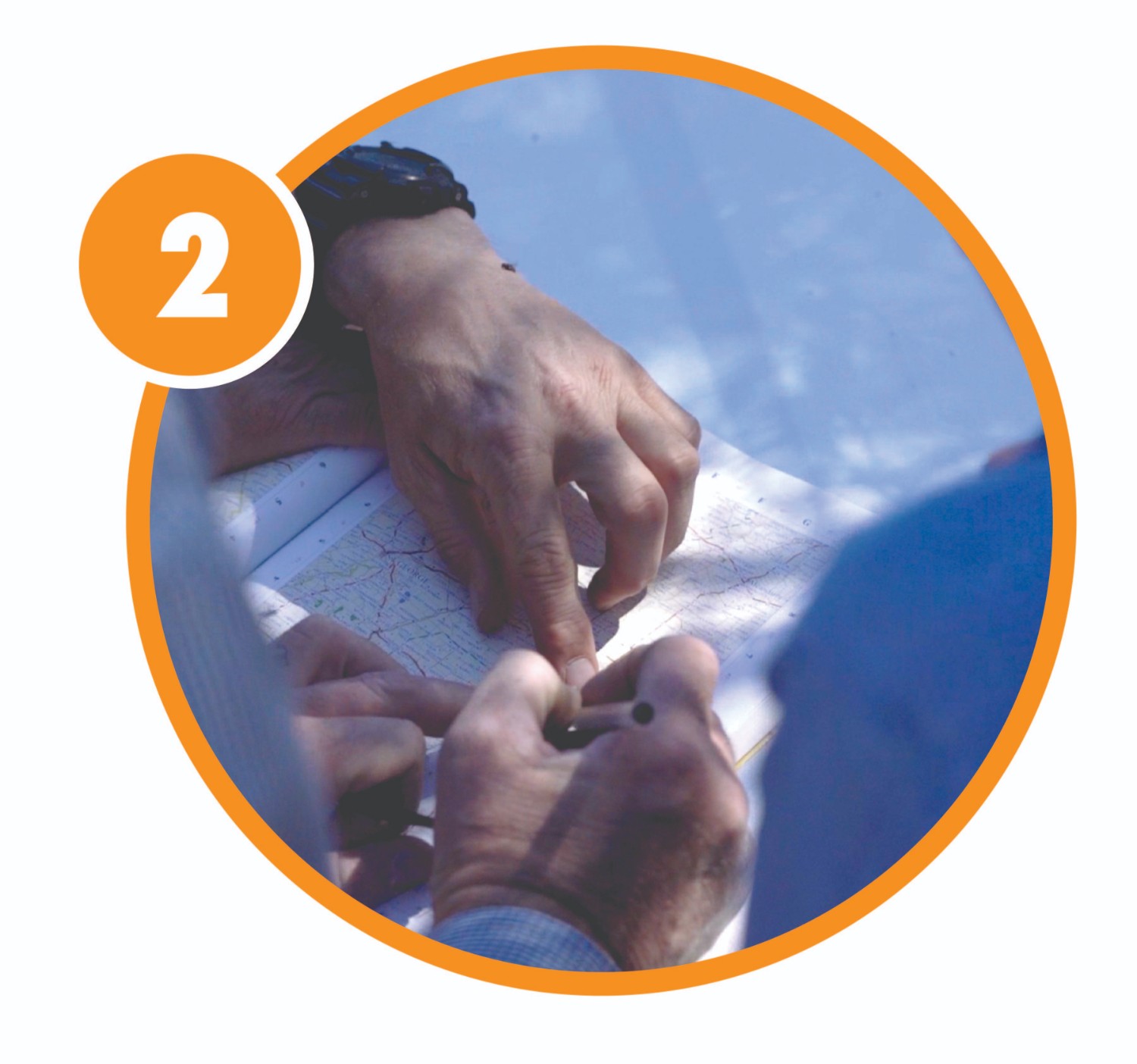
2. Mark boundary fences
Mark out boundary fence lines, corners, angles and gates on your property map, avoiding natural obstacles like creek beds where possible. If your map is to scale, this will help with calculating the length of your fence lines.
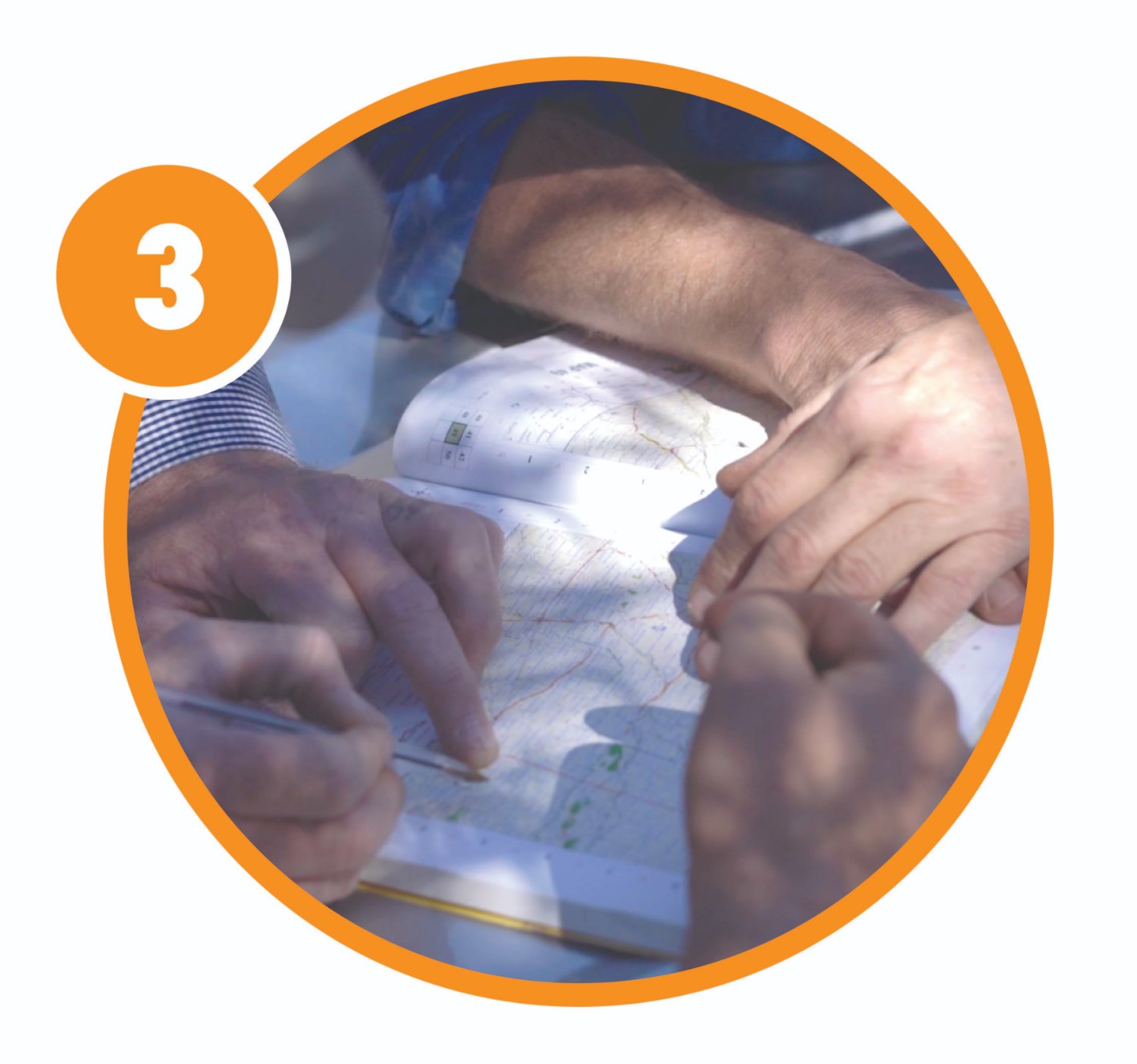
3. Mark internal fences
Designate certain areas (grazing, laneways, yards or cropping) of your property. This will help you determine the level of pressure your fences will face and what products will help you address that. Generally, high pressures require more posts and wire and low pressures require less posts and wire.
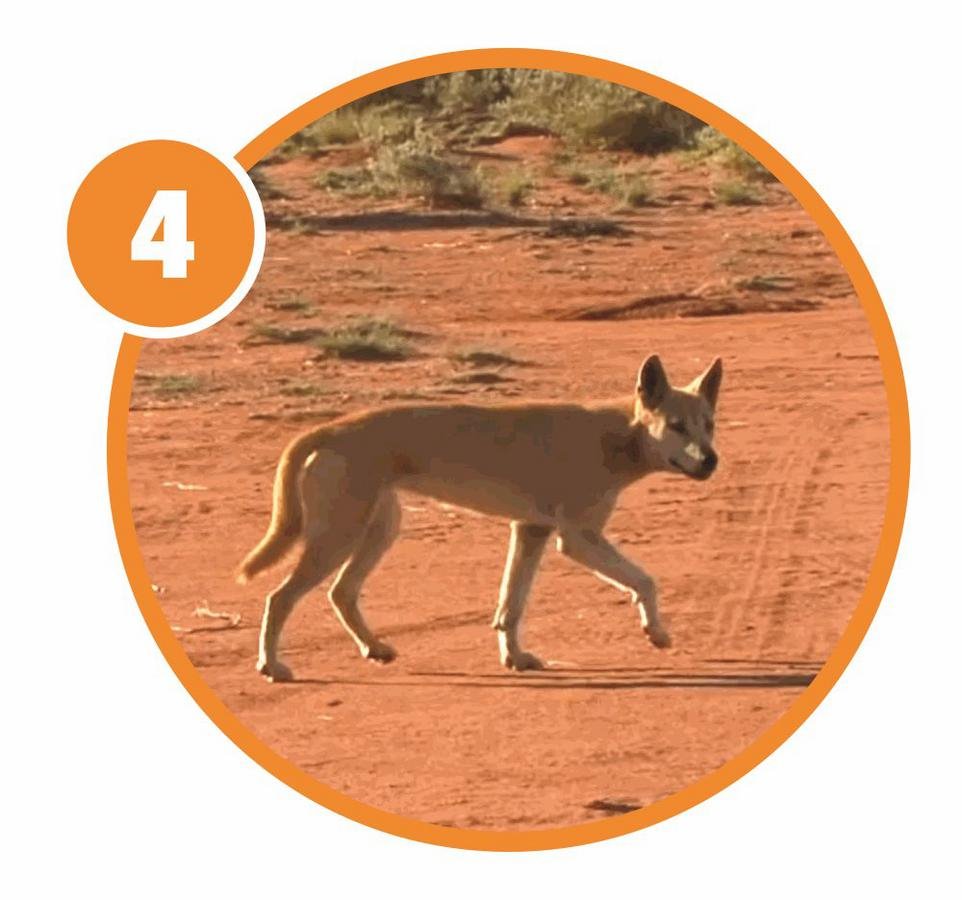
4. Determine internal and external forces
Think about what you are trying to keep off your property. A fence can be breached in one of three ways - Over it, Under it, or Through it. See details of the OUT - Over Under Through method off determining fence requirements. If feral animals are a threat, not the characteristics of those animals. Do they jump, burrow or charge fences? Your answers will help you choose the right products for your needs. Careful consideration should be given to designing a strong boundary fence using the best quality materials you can afford.
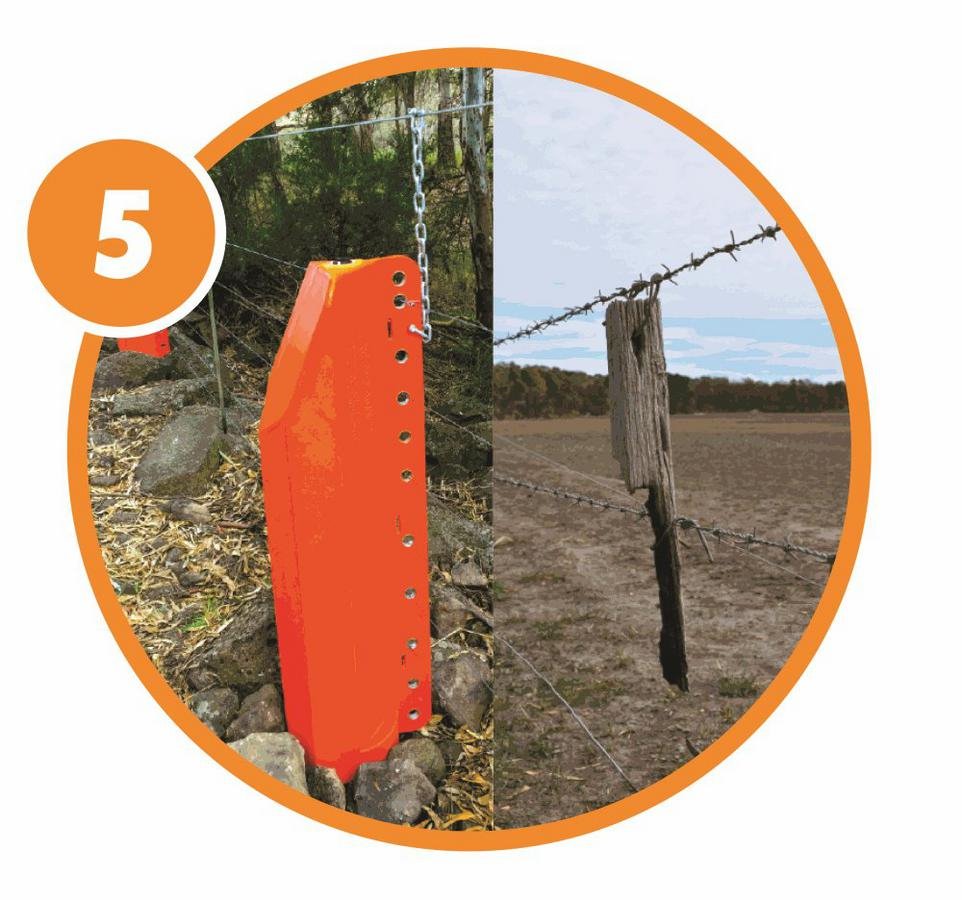
5. Consider natural forces: fire and flood
If fire is a common occurrence, consider using low-medium tensile Waratah wire which helps minimise the chance of the wire snapping or losing tension under the heat of the fire. For more information on fencing for fire prone areas visit our fire support page . If flood is a common occurrence, consider using JIO ™ MaxY ® posts to strengthen the fence line and Longlife ® wire for the best protection from corrosion.
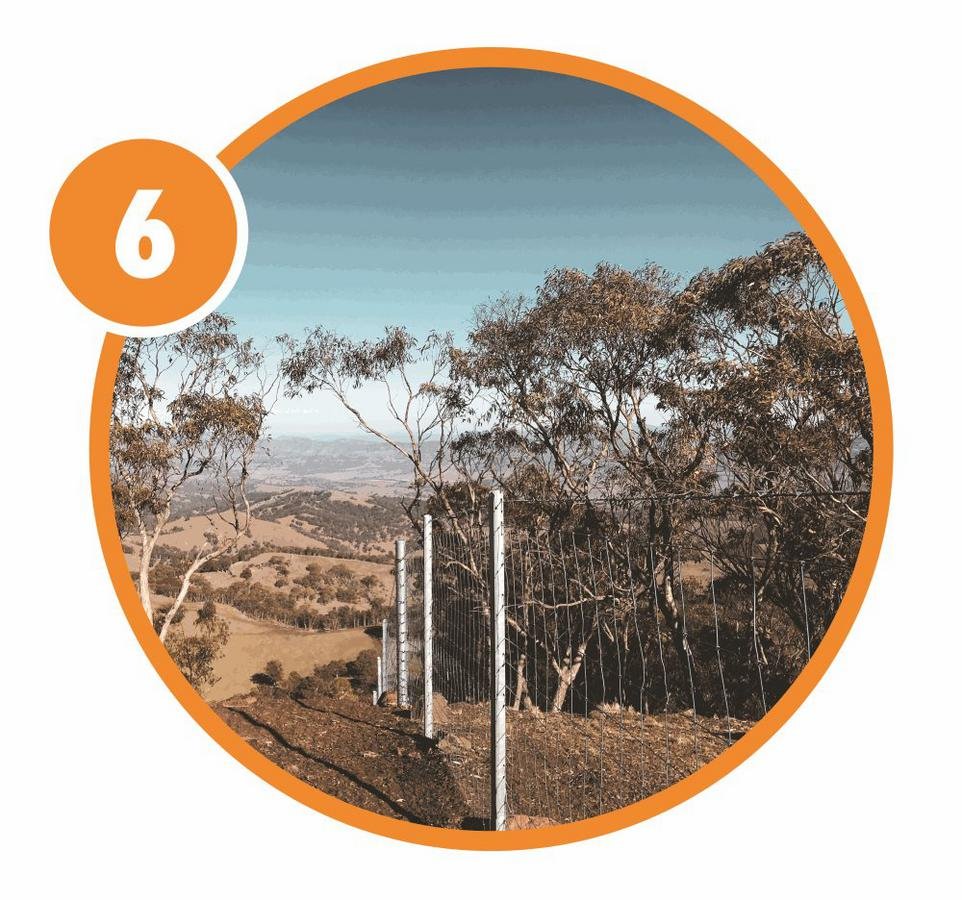
6. Take your terrain into consideration
If your property is rocky and hard, consider using shorter steel posts that you don't need to drive in too far and are easier to install. For loamy and soft soils, consider using longer steel posts that you can drive further into the ground to establish better ground holding. Also consider the slope - for flat ground, post spacings may be increased and most wire products are suitable, but for sloping ground, post spacings may need to be closer .